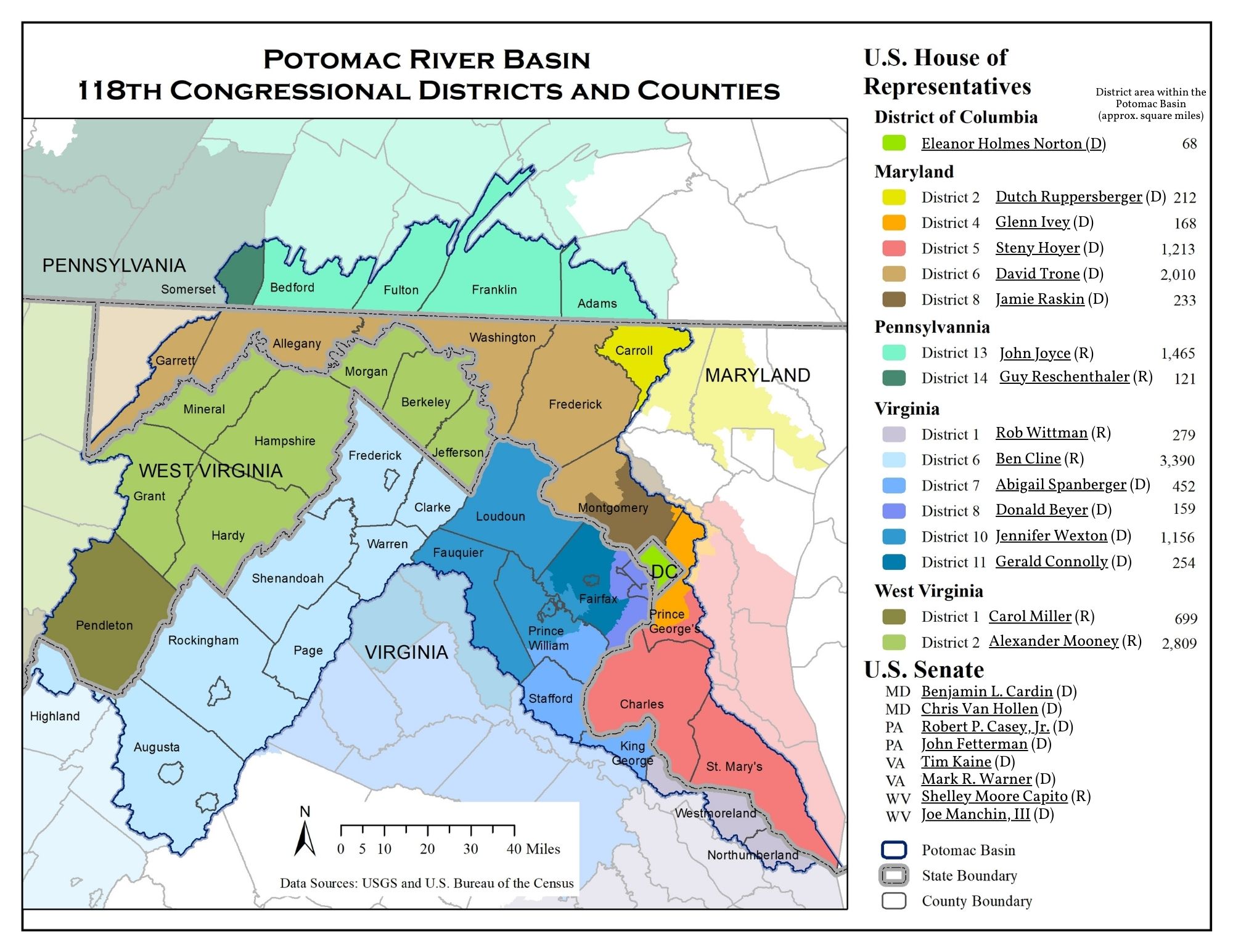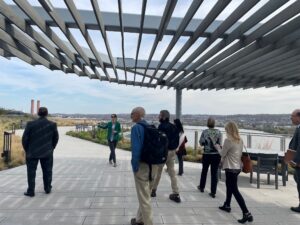Potomac News Reservoir – January 26, 2023
Who represents the Potomac River basin?
We would like to say congratulations to the new and incumbent members of Congress who represent the Potomac River basin. We look forward to working with members of the 118th Congress to protect and enhance the waters and related resources of the Potomac River.
We have updated our congressional districts map with links to the offices of those who represent the Potomac River watershed in the U.S. House of Representatives and the U.S. Senate and encourage contact with them to assure that Potomac basin concerns remain an ongoing topic.
Find more news about trash, salt, and political boundaries in this week’s Potomac News Reservoir.



